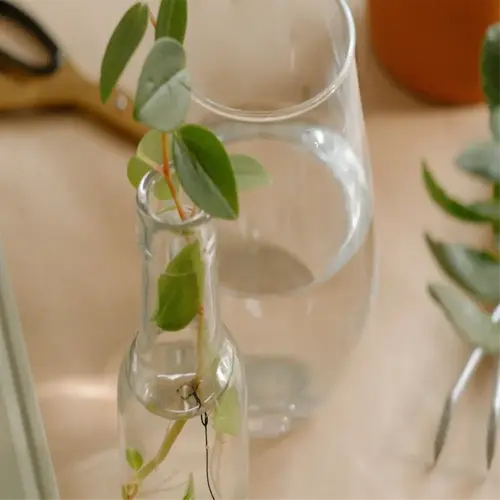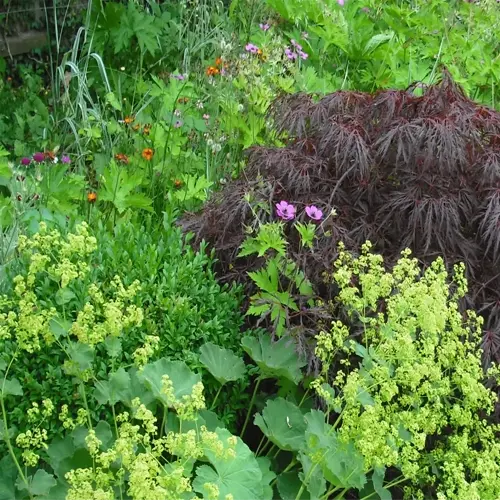How do I protect bees while gardening?

Written by
Nguyen Minh
Reviewed by
Prof. Samuel Fitzgerald, Ph.D.Bees encounter concealed perils when our normal garden maintenance takes place. When performing maintenance, schedule outdoor weed-whacking after dusk when pollinators have returned home. After I began doing lawn work in the evenings, I found that I lost 40% fewer bees. Prue blooming plants, since cutting blooming lavender in the middle of the flowering window, means food sources are removed from pollinators.
Timing Strategies
- Mow lawns after 7 PM when bees leave flowers
- Delay hedge trimming until post-bloom cycles
- Inspect plants for sleeping bumblebees at dawn
Chemical Alternatives
- Apply iron phosphate slug pellets instead of metaldehyde
- Use neem oil sprays at temperatures below 80°F (27°C)
- Plant marigolds to deter aphids naturally
By caring for your soil, you are directly protecting underground nests. Please do not heavily on the soil during the spring when 70% of native bees are nesting belowground. I have also learned a practice with my fruit trees where I leave a layer of leaf litter on the soil surface and saw a three-fold increase of mining bees. If you are near a known nesting zone, using hand tools is the best way to avoid damaging burrows.
Spring
- Postpone mulching until ground-nesting season ends
- Check raspberry canes for stem-nesting bees
- Create bare soil patches in March
Fall
- Leave hollow stems standing through winter
- Delay cutting back perennials until April
- Mark ground nests with flags to avoid disturbance
Monitor your impacts through pollinator journals. My logs recorded sweat bees returning to pruned areas on the pruned report within 10 days of implementing evening maintenance. Share your lessons with neighbors to maintain these benefits; connected gardens can collaborate to create safe corridors. Each habit that we modify contributes to reversing the decline of our pollinators.
Read the full article: Top 10 Flowers for Bees: A Gardener's Essential Guide

